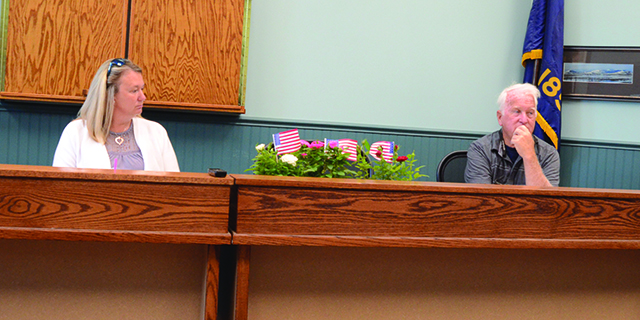The long road to resiliency
Published 11:48 am Tuesday, April 5, 2016
Several dozen Wallowa County residents showed up March 29 for our local version of the latest public meetings regarding the U.S. Forest Service’s regional Forest Resiliency Project. The project is intended “to accelerate the pace and scale of restoration in the area, restoring the Blue Mountains to healthier condition and lowering the risk of severe wildfires.”
As the price we pay each wildfire season seems to grow exponentially, it’s refreshing to hear federal officials discussing strategies for dealing with the wildfire threat before it happens rather than simply accepting a role as fire responders.
Trending
The federal presence on March 29 at Cloverleaf Hall was impressive — about one USFS representative for every two residents. If you had something to say about the forest plan that night, you were bound to be heard.
The Forest Resiliency Project is a massive undertaking that covers three national forests — Wallowa-Whitman, Umatilla and Ochoco — and is expected to take at least 15 years once initiated. It paints forest policy in broad strokes. It’s about new ideas, and it doesn’t address implementation at all; that will be decided by individual forest supervisors. That’s more good news for those who are fed up with the cookie-cutter approach to forest policy.
One thing that was clear that night, however, is that patience among local residents is in short supply. A majority of comments had to do with implementation, which the plan does not address. Who gets the work? How do we increase access to firewood? Will you try to preserve huckleberry patches? How will the project affect hunting opportunities?
Wallowa-Whitman Supervisor Thomas Montoya, who was in attendance, said he expects implementation of the project to begin in spring 2018 at the earliest. That’s assuming all goes smoothly, which is rare when you’re talking forest policy. Montoya also pointed out that implementation would begin slowly with small pilot projects.
Until that time, many local comments on the project will have to be tucked away and dusted off years down the road when theory finally gives way to reality in our federal forest land.
Meanwhile, Ed Sparks of Wallowa is doing exactly the kind of restoration work on private land that the Forest Resiliency Project potentially has in store for federal land. Sparks was featured in a March 30 article by Chieftain reporter Kathleen Ellyn about his success in finding a profitable route back into our forests. He’s working a portion of Galen Williams’ 1,880-acre timberland in the Shell Resources Management Area north of Wallowa. It’s a win-win situation. Williams protects his investment by creating forest stands that are healthier and more fire resistant at almost zero cost. Sparks turns a profit by reusing just about every scrap he pulls out of the forest to produce and sell posts, poles, stakes, retaining wall timbers and more.
Trending
So while we wait at least two years for the USFS to launch its 15-year project in baby steps on public land, it’s great to see proactive approaches on private land. And Williams isn’t alone. Sparks has been contacted by other private landowners interested in low-cost restoration, and he says he already has enough work lined up to last him until retirement.
Fatalists will say the feds are out to keep everyone off of public land and that the days of earning a living in the forest are over. It’s a message that doesn’t get through to Ed Sparks, who can’t hear you over the hum of his machinery.
— Scot Heisel









